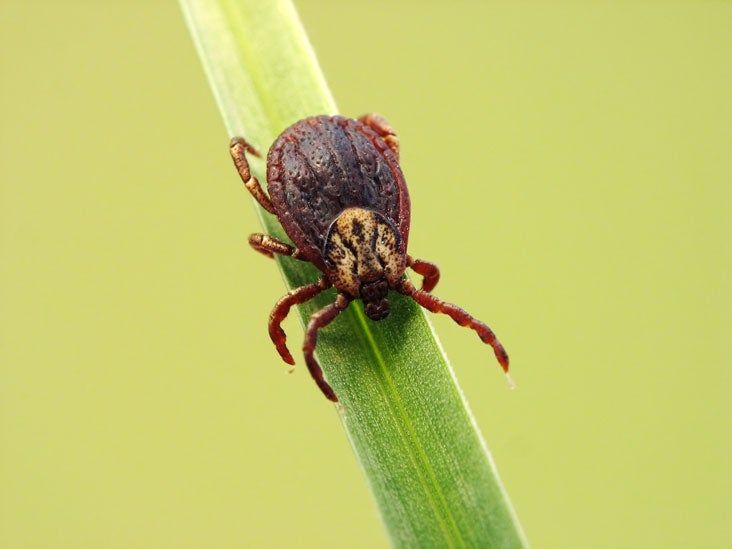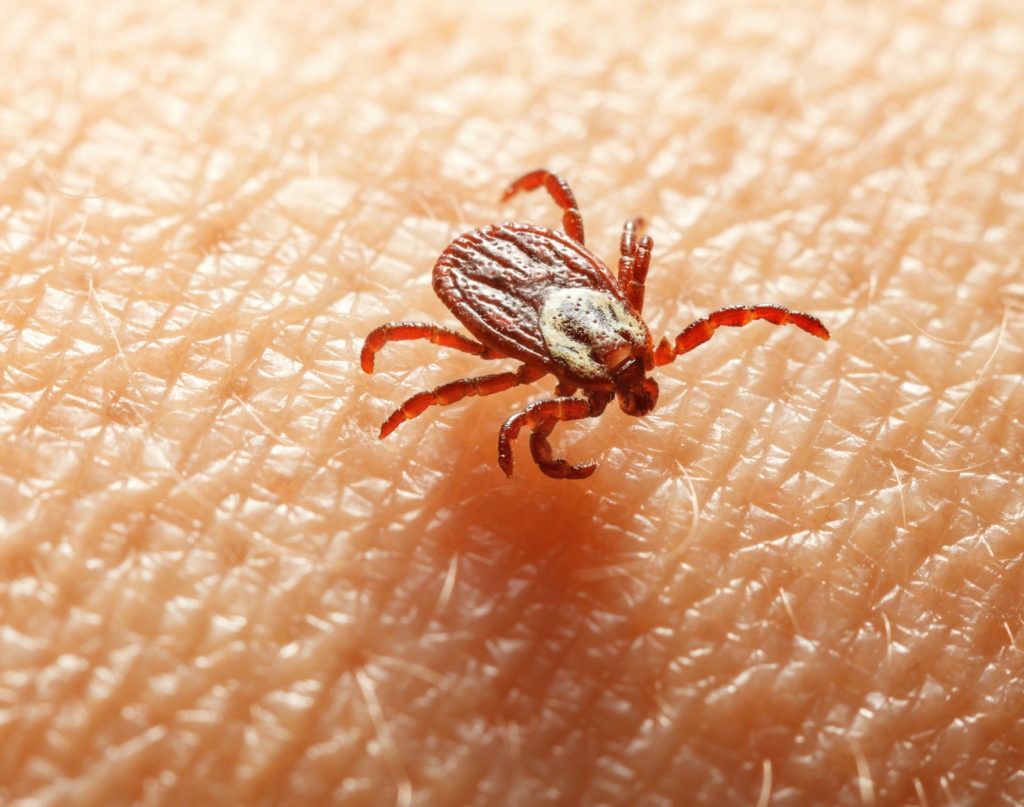Table Of Content

Nymphs typically wait for a larger host, such as a deer, before feeding. Adults can be twice as large as nymphs and live for up to two years. Both male and female adults must feed on blood before they mate. The tick eggs will hatch into larvae, starting the cycle again. Brown dog ticks, on the other hand, can live out their entire life cycle inside a home, which is why this type of tick has been known to infest dog kennels. If you have dogs, especially dogs that spend lots of time indoors or in kennels, it’s a good idea to wash their bedding regularly to keep ticks and other pests from settling in.
What is a Nymph?
Apart from fabric items, it's important to clean other objects that your pet interacts with regularly. Clean their water containers, plastic toys, combs, and any other items using hot water and a pet-safe cleaning product. Scrub them thoroughly to remove any dirt, debris, or potential tick hiding spots. Rinse them well and ensure they are completely dry before returning them to your pet. You should call your doctor if a tick bites you and you develop symptoms of a tick-borne illness.
What Is A Ticks Life Span?
Lone star and American dog ticks are also unlikely to survive for more than a few days indoors. Where they are in their life cycle and how easily they could find a host are the two main factors here. Ticks have four life stages of their life cycle, and three of those require them to feed on blood in order to survive. If they are in one of those stages, and don’t have access to a host or blood supply, they won’t live for long.
Use tick repellent on yourself before heading outside to reduce the risk of bringing ticks back on your clothing.
However, in the wild (and without a consistent food source), a flea will die within one to two weeks — a fraction of its 100-day lifespan. That’s why these six-legged hoppers jump from dog to dog, and a flea can jump a distance of nearly 100 to 200 times its own size. As for how to rid your clothing of pesky ticks, well, the Centers for Disease Control and Prevention (CDC) recommends throwing your clothes in the dryer on high heat for 10 minutes. Conducting a full-body check and showering within two hours of coming indoors can significantly reduce your risk of tick-borne illnesses, says the CDC. Remember to thoroughly check your children and pets for ticks as well.
Here's how to get rid of ticks - Reviewed
Here's how to get rid of ticks.
Posted: Wed, 23 Mar 2022 07:00:00 GMT [source]
If you live in an area where ticks are present, they will always be present. The concern is keeping them out of your home and away from your family and pets. Ticks are small, spider-like creatures that live in woods and fields and are most prevalent during the spring and summer but are active into fall. They do not fly and are most often found on animals, but can also attach themselves to humans. You can also treat the wooded edges of your property with pesticides, like bifenthrin or permethrin. Some botanical treatments like red cedar oil are marketed as being safer for you, your pets and other wildlife.
How Long Can A Deer Tick Live Without A Host?

The lifespan of a tick largely relies on its access to hosts and its environmental conditions. In an ideal situation with regular access to hosts, ticks can live up to several years. However, if they can’t find a blood meal, they gradually utilize their energy reserves and starve to death. Their lifespan also gets curtailed with drastic fluctuations in temperature and humidity. Pesticides and certain biological controls, such as parasitic wasps or nematodes, can also kill ticks. Deer ticks or blacklegged ticks can live for long periods without a host, but their survival depends on several factors.

Solved! What Size Storage Unit Do I Need?
Two months ago, the Senate voted to pass a similar $95 billion foreign aid package — but without the TikTok provision. Still, the Senate proved receptive to the TikTok ban bill, which the House revised. An earlier House-passed bill would have given the parent company six months to sell TikTok, less than the current one.
Tick Infestations
But the average lifespan expected for a tick living without a host is about 18 weeks without food and water. Ticks patiently wait in a position called questing on the tips of grasses and in shrubs for a host to feed on. The hot water and detergent in your washing machine is not enough to kill a tick. However, a quick spin in the dryer can destroy them as they can't survive in dry conditions.
A newly discovered disease caused by a bacterium in the same group as the one responsible for Lyme disease is also a concern for people venturing outdoors. Many dogs rarely have their collars taken off, and with good reason — it’s important to keep proper identification on your dog at all times. Ticks can become attached underneath your dog’s collar without anyone noticing, usually until the tick is large enough to be seen — which means it’s been there for a while.
This depends upon the species, but some types of ticks can stay attached for days to weeks. Ticks species are found throughout the world, but tend to live in places that are warmer and more humid. They require a certain degree of moisture to undergo important parts of their life cycle, and cold temperatures inhibit their development from eggs to larvae. However, it is important to look for tick bites because medical attention is needed as they are disease carriers. Ticks are carriers of diseases like Lyme disease and Rocky Mountain spotted fever.
Ticks require a blood meal at each developmental stage to proceed to the next one. This is because blood meals provide the necessary nutrients they need to mature. Additionally, female ticks require a blood meal to lay eggs and reproduce.
Their resilience and adaptability underscore the need for proactive and continuous measures to control their population and reduce the risk of tick-borne diseases in human and animal populations. Ticks can easily live in a house or car for a few days to several weeks or up to a year, given the right conditions. Compared to outdoor conditions, they can remain active for longer periods inside your living spaces, thanks to the controlled temperatures and humidity.
Ticks usually find their way inside by clinging to clothing, shoes, or pet fur in search of a host, unaware of the inhospitable conditions to come. For this reason, it’s extremely unlikely that multiple ticks will make it indoors and survive long enough to successfully reproduce. Seed ticks, or the larval stage of ticks, can live without a host for roughly 8 months. However, they need to feed on a host within this time to mature into the nymph stage. Even with all of the above measures, you still may find ticks on yourself or your pets or inside your home.
Fleas and ticks thrive in warm weather, which, in many states, starts around springtime. Once temperatures drop, usually below 45 degrees Fahrenheit, these parasites become less active and less of a threat. Since ticks hide in places where they won’t be found, crawling in between your dog’s toes and attaching there is a common occurrence. You can find them in between the toes or even on the bottom of the foot near the pads.

No comments:
Post a Comment